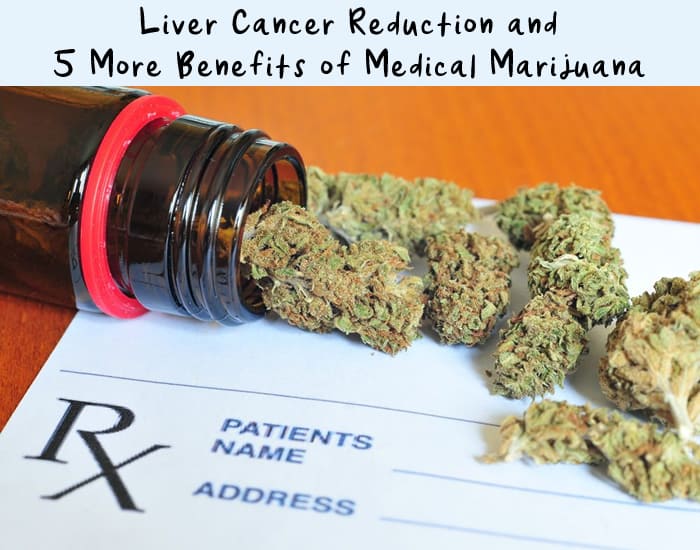

The Basics
There are two cannabinoids (active compounds in cannabis) that are the subject of most research:
- Delta-9 tetrahydrocannabinol (THC), which is the psychoactive part of the plant that gets you high.
- Cannabindiol (CBD) which in its pure state, does not produce a high
Today, in many states across the U.S. you can purchase medical marijuana. It is produced from the marijuana plant because the marijuana plant contains extremely high levels of THC and low levels of CBD, unlike the hemp plant where these ratios are reversed.
And yes, you need a prescription to purchase medical marijuana.
Many people are concerned whether the marijuana or CBD (for non prescription purchases) was derived from Cannabis Sativa or Cannabis Indica. They are misinformed. The issue is not where the product came from, but how much THC is in the product.
For medical marijuana, at the dispensary, the person behind the counter will discuss your options on the form you can purchase (vape, pills, liquid, candy, etc..) and will determine the amount of THC and CBD in the product you purchase to meet your individual needs and prescription.
Currently there are two drugs approved in the U.S. that contain THC
- Marinol® (oral dronabinol – THC) which is approved for nausea associated with chemotherapy and an appetite stimulator for HIV/AIDS patients
- Cesamet® (nabilone – synthetic THC), also approved for treating nausea associated with chemotherapy.
In Canada, Sativex® (CBD, TCH-based oromucosal spray) is used for treatment of central neuropathic pain in multiple sclerosis with much success.
Other synthetic cannabinoids are currently in development.
Cannabinoid Research
The following are some of the areas where cannabinoids are being researched for use in various medical conditions:
- Anti-Tumor Properties: Cannabis extract has been shown to shrink tumors in animals (mice). THC has been shown to reduce Hepatocellular carcinoma (HCC), a common solid tumor common in liver cirrhosis which has an average survival rate of less than 5 years. This is significant as HCC is the third leading cause of death worldwide (Vera, et.al., 2007).
- Cancer: According to the National Cancer Institute, bladder cancer is reduced 45% in cannabis users (Elizabeth, 2015). Incidence of other cancers such as liver cancer is also shown to be reduced, as is breast cancer.
- Increased Appetite: Cannabis has been shown to increase appetite in cancer patients undergoing chemo by as much as 75%, resulting in weight increases up to 11% (Elizabeth, 2015).
- Nausea Control: While other medications are effective in controlling vomiting from chemotherapy, they do not control nausea. THC and CBD-based medicines have been shown to be effective in controlling both vomiting and nausea. Nausea from chemotherapy is significant because it is an ongoing problem, and can be so severe that 20% of patients stop chemotherapy because of it (Parker, et.al., 2011).
- Pain Control: Cannabinoids have proven to be 10 times more potent than morphine in mediating pain, in part due to their anti-inflammatory properties (Russo, 2008), and have been shown to be more effective than codeine, without the need to increase the dose in long-term use.
- Anti-Inflammatory Properties: THC has been shown to have 20 times the anti-inflammatory properties as aspirin and twice the anti-inflammatory properties of hydrocortisone. In addition, cannabichromene (CBC), the third most common cannabinoid in cannabis, is also anti-inflammatory (Russo, 2008).
While many fear the use of marijuana for medical purposes due to propensity for abuse, it should be pointed out that morphine and codeine are derived from the opium poppy (Papaver somniferun), while other analgesics are derived from chili peppers (capsaicin) and salicylic acid (aspirin) (Russo, 2008).
Handled responsibly and well-researched, marijuana can provide significant medical aid to those facing serious health conditions.
Recreational Marijuana
In some states you can purchase marijuana or even grow marijuana for recreational use. Like in a medical marijuana dispensary, in a recreational marijuana dispensary the sales person will discuss the forms that are available to you, your needs and the strengths of each product to help you determine what is best for you.
CBD
The Agriculture Improvement Act of 2018, the farm bill, was passed by Congress and signed by the President, stating that hemp-derived products, like CBD, are not classified as a drug and are legal to sell without a prescription in all 50 states.
CBD is legal to sell as long as it has 0.3% or less of THC.
There are two types of CBD on the market.
- Full Spectrum CBD – This contains CBD and low levels of THC and terpenes. Terpenes are aromatic compounds found in the oils of all plants. When CBD, THC and terpenes are combined, it produces what is known as the “entourage effect.” It describes how these components combine and lock onto different receptors in your brain to create a false sense of high.
- CBD Isolate – This is pure CBD with no THC or terpenes. It will not contain any psychoactive components and will not produce a high feeling. It is more expensive to produce, since an extra extraction process is required during production to separate out the CBD from the THC and terpenes.
Most of the research on CBD was done on the pure CBD, CBD isolate.
This CBD research has proven that CBD has over 50 health benefits. Some include pain and anxiety reduction, mood improvement, increased relaxation and better sleep. CBD has also been shown to reduce fat accumulation in the liver, reduction in liver scarring, reduction in occurrence of NAFLD, and lower liver enzymes.




